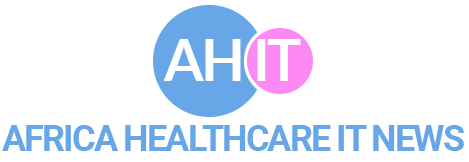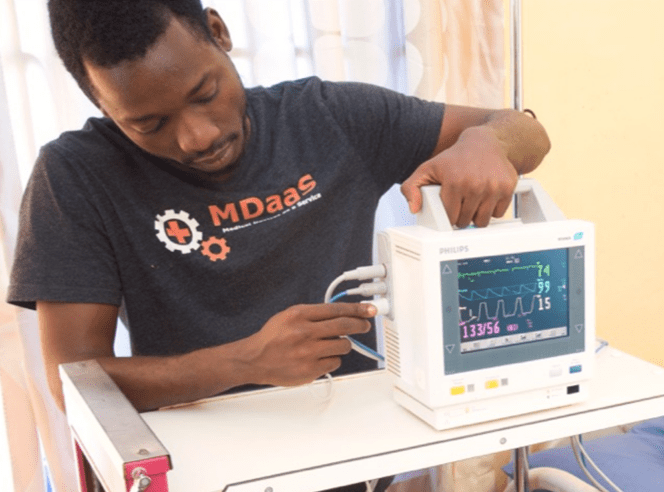MDaaS clinic has been up and running since November 2017. It features a digital X-ray machine, an electrocardiogram (ECG), an electroencephalogram (EEG), an ultrasound, and a full suite lab. For most tests, in-house physicians interpret the results. For others, results are sent to specialized clinicians in big cities.
The founders faced a dilemma: They weren’t serving the people that needed them most, the low-income communities they’d dreamed of helping since their time in Africa, and yet, by the summer of 2017, the business was profitable — a difficult milestone for startups anywhere, let alone one in Nigeria. They tried different financing options to get their equipment to poorer clinics, including offering to lease or rent out the equipment, but clinics in rural and low-income areas still struggled to achieve the patient volumes necessary to make it work.
Today, MDaaS gets patient referrals from more than 60 hospitals and clinics in the region in addition to welcoming walk-ins and partnering with insurance companies. About 70 percent of the people MDaaS treats are women and children.
The founders say they broke even on their operations in just five months and have been operating profitably ever since, proving the need for their services in the area. In fact, the number of patients seen per day at the center has grown by a factor of five since January 2018.
Their dream of operating 100 diagnostic centers will begin by building a few more in Nigeria before they expand to nearby countries, including Ghana and Cote D’Ivoire, possibly as early as next year.
“Right now, we want to test replicating what we have and learn how to manage multiple facilities at once,” Soga says.
As for Genevieve’s mounting phone notifications, she remains thrilled to get constant reminders of the impact the co-founders’ hard work is having. Still, with the ultimate goal of transforming care across sub-Saharan Africa, she admits she’ll have to turn them off at some point soon.
“We’re trying to get to the point where it’s almost a diagnostics center in a box,” she says. “We can provide everything you’d need to go from zero patients to seeing 1,000 or 2,000 a month. We’re also getting so much data and information about the people we’re seeing, so we know the diseases they’re coming in for and the type of diagnostics they need. This information will become increasingly important as we look to build health care solutions for hundreds of thousands of patients instead of tens of thousands.”
Source:
http://news.mit.edu/



